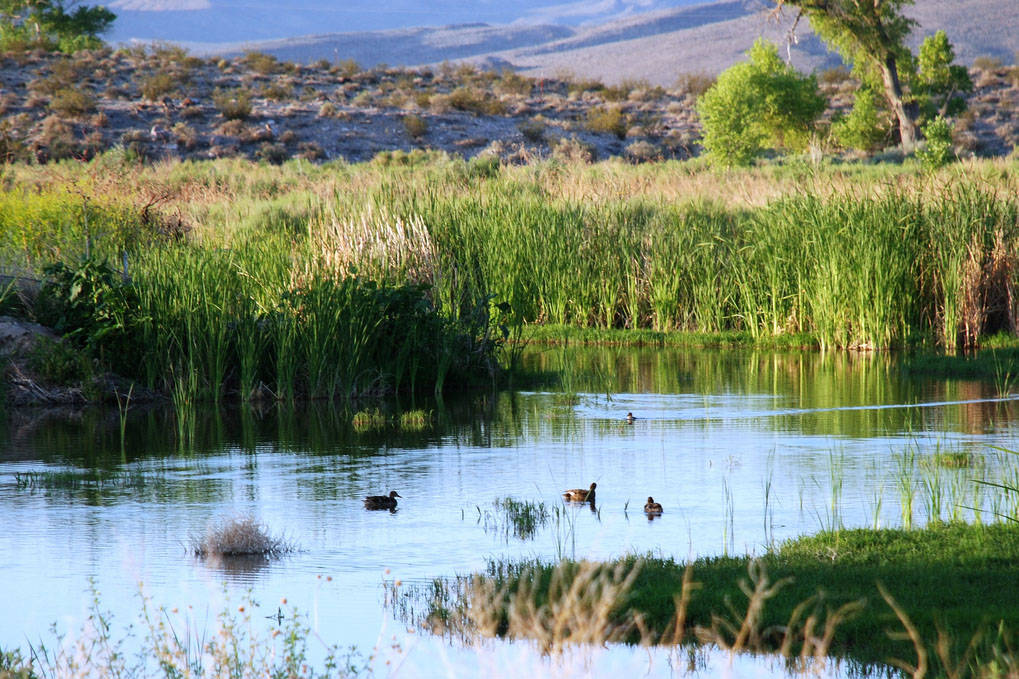Wildlife conservation began during Great Depression

Anyone who undertakes a serious look at the history of wildlife conservation in North America will recognize that two of the greatest landmarks in natural resource management had their beginnings in the heart of the Great Depression.
At a time when people struggled to put food on the table, America’s hunters stepped up to the proverbial plate and supported legislation that placed on their shoulders the financial responsibility for wildlife conservation.
The Federal Aid in Wildlife Restoration Act (1937) placed an 11 percent excise tax on sporting arms and ammunition. The Migratory Bird Hunting Stamp Act (1934) mandated that all waterfowl hunters 16 and older must purchase and carry a Federal Duck Stamp while pursuing waterfowl.
Monies generated through the Wildlife Restoration Program are appropriated to the Secretary of the Interior, who then apportions them to the individual states for paying up to 75 percent of the cost of approved wildlife management projects or programs. When it comes to the $25 Federal Duck Stamp, 98 cents of every dollar you spend “goes directly into the Migratory Bird Conservation Fund to purchase or lease wetlands and wildlife habitat for inclusion in the National Wildlife Refuge System,” according to the U.S. Fish Wildlife Service website.
More than $800 million garnered through the sale of federal duck stamps have been deposited in the Migratory Bird Conservation Fund and used to protect 5.7 million acres of wildlife habitat.
Stamp monies also have been used to create or expand more than 300 national wildlife refuges. In Nevada, those funds account for 2.2 million acres at four of nine federal refuges located in the state. Those are the Desert, Pahranagat, Ruby Lake and Sheldon National Wildlife Refuges.
Created in 1936, the Desert NWR is the largest refuge outside of Alaska at 1.6 million acres. It spans six major mountain ranges between Las Vegas and the small community of Alamo.
In 1958, congress amended the Migratory Bird Hunting Stamp Act to create the Small Wetland Program and authorize the use of duck stamp revenues to protect waterfowl habitat in the hopes of stemming a steady decline in waterfowl populations. Of special concern were small wetlands and surrounding grasslands found in the prairie pothole region, often referred to as North America’s duck factory.
More than 3 million acres of waterfowl habitat have been protected through easements negotiated with land owners and land purchases made possible with duck stamp funds. These waterfowl production areas are now included in the refuge system. And though relatively small when compared to the original footprint of midwestern wetlands and grasslands, they enable the Prairie Pothole Region to produce 50 percent of North America’s breeding waterfowl population, according to the FWS.
Some of those birds pass through Nevada during the fall and spring migrations, creating hunting and bird viewing opportunities.
For more information about the Federal Duck Stamp, its history and contributions to wildlife conservation visit fws.gov and search for “duck stamp.”
Freelance writer Doug Nielsen is a conservation educator for the Nevada Department of Wildlife. His “In the Outdoors” column, published Thursday in the Las Vegas Review-Journal, is not affiliated with or endorsed by the NDOW. Any opinions are his own. Find him on Facebook at @dougwritesoutdoors. He can be reached at intheoutdoorslv@gmail.com.












